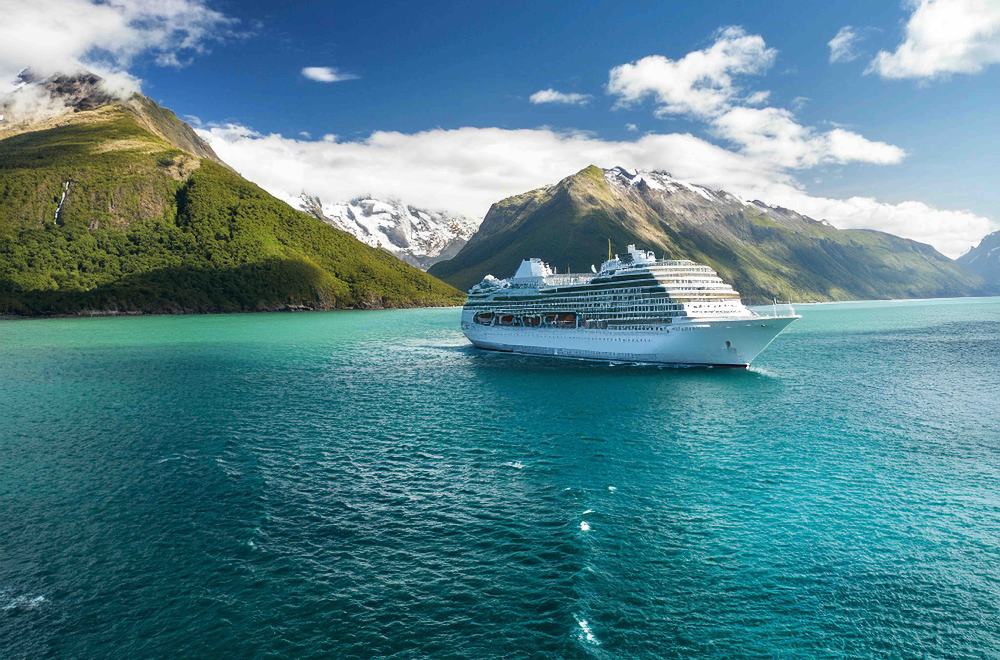
Cruise Safety and Security
Cruise Safety and Security
Cruising can be a fun and relaxing way to travel, but ensuring your safety is always a top priority. Here are some essential safety tips for cruisers, covering onboard safety drills, staying safe at ports, and emergency procedures:

1. Onboard Safety Drills:
Mandatory Muster Drill: Every cruiser must attend the mandatory muster drill at the beginning of the voyage. This is required by law and provides crucial information about how to respond in an emergency. Pay attention to the location of your muster station (evacuation area), life jackets, and safety instructions.
Know Your Lifeboat Location: Familiarize yourself with the nearest lifeboat station and how to properly use a life jacket. It’s also a good idea to memorize the ship’s emergency exits.
Watch the Safety Video: Before departure, cruise lines usually show an informative safety video explaining emergency procedures. Even if you’re familiar with it, it's a good idea to watch it.
2. How to Stay Safe at Ports:
Research Ports and Excursions: Always research the destination before disembarking at each port of call. Understand local customs, safety risks, and popular excursions. Stick to organized and well-known tours for added security.
Keep Valuables Secure: While exploring, carry only what you need. Keep your passport, money, and credit cards in a secure, hidden location. A money belt or neck pouch is a great option.
Stay in Groups: Whenever possible, avoid wandering alone, especially in unfamiliar or less developed areas. Traveling in groups offers additional safety.
Know Emergency Contacts: Familiarize yourself with local emergency numbers and the cruise line's on-shore contact information in case you encounter any issues or emergencies.
Be Aware of Your Surroundings: Stay alert, avoid engaging with aggressive vendors, and be cautious of overly friendly strangers. Avoid dark, isolated areas, especially at night.
3. Emergency Procedures Onboard:
Evacuation Plans: In case of an emergency such as a fire or flooding, know the ship's evacuation procedure. Be prepared to follow crew instructions and leave your room promptly.
Life Jackets: Know how to wear your life jacket properly and familiarize yourself with its location in your cabin and near your muster station.
Stay Calm: In an emergency, it’s crucial to stay calm and follow the crew’s instructions. Panic can cause confusion, so remember to breathe, listen to announcements, and move quickly but safely.
Personal Emergency Kit: Pack a small emergency kit with necessary medications, personal identification, and a small flashlight. This will come in handy in case of a power outage or medical emergency.
4. Health and Security Tips:
Wash Hands Regularly: Cruises can be crowded, and it’s easy for illnesses to spread. Wash your hands frequently, especially before eating, and use hand sanitizers provided by the ship.
Stay Hydrated and Eat Safely: Drink plenty of water and be cautious when trying unfamiliar foods. If you have any food allergies, inform the staff to ensure you are served safely.
Know Your Insurance Coverage: Make sure your travel insurance includes coverage for cruise-specific emergencies, including medical assistance at sea or evacuation.
By following these essential safety tips, you can ensure a safer and more enjoyable cruise experience for yourself and those traveling with you. Stay vigilant, be prepared, and always adhere to the instructions of the ship's crew.